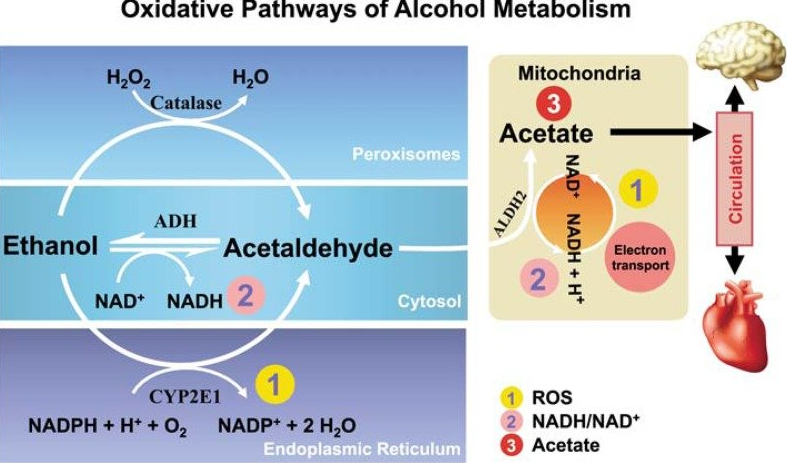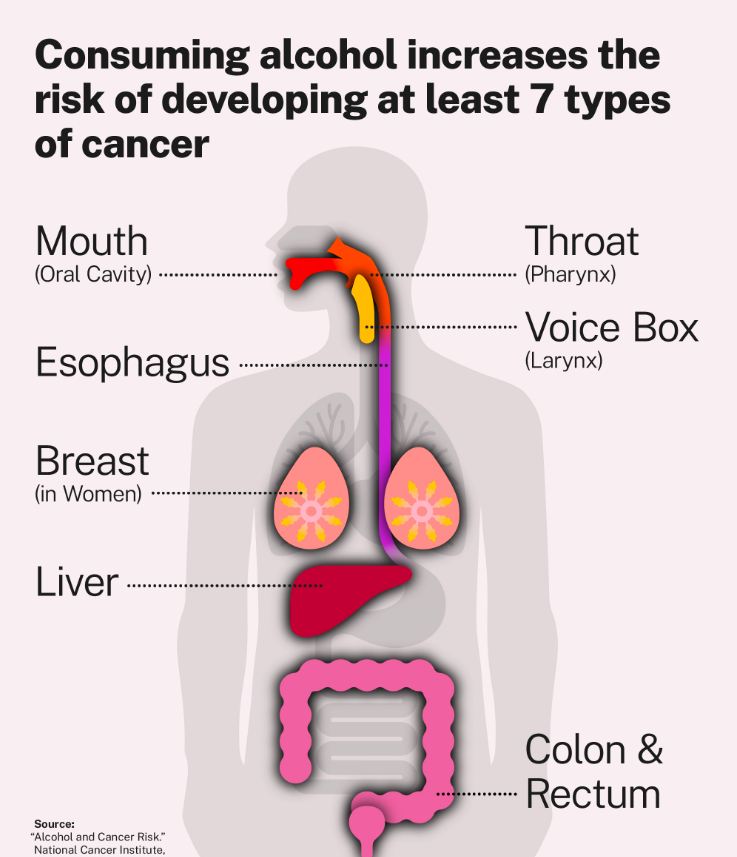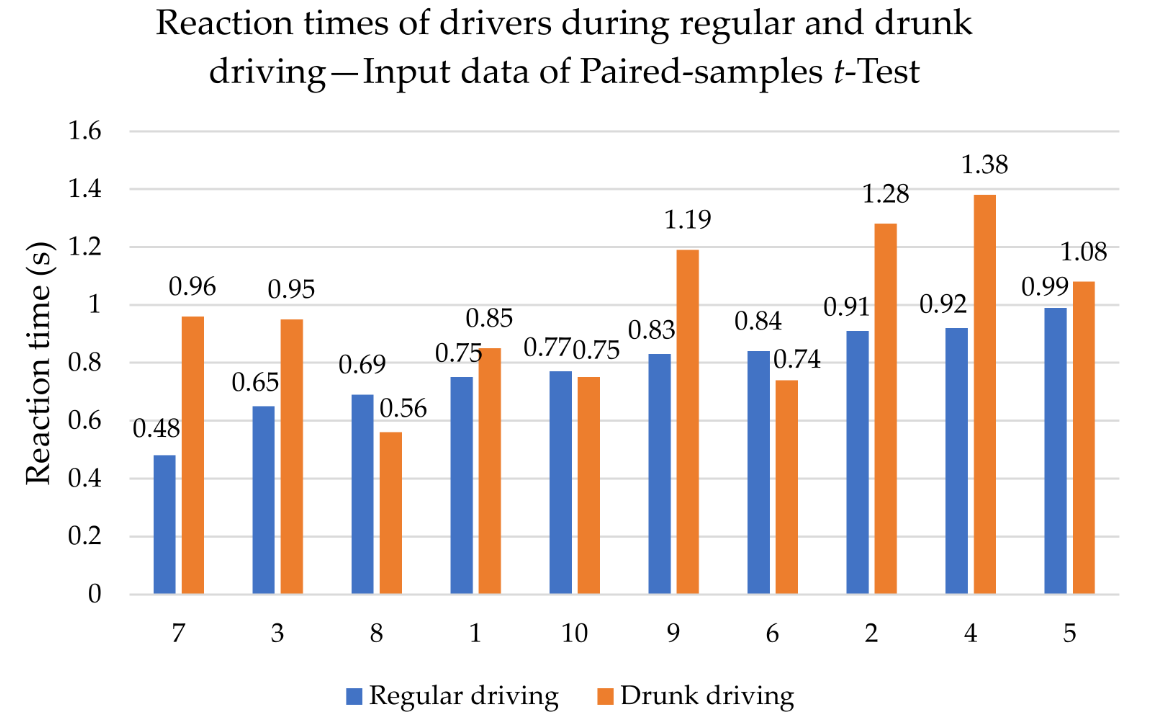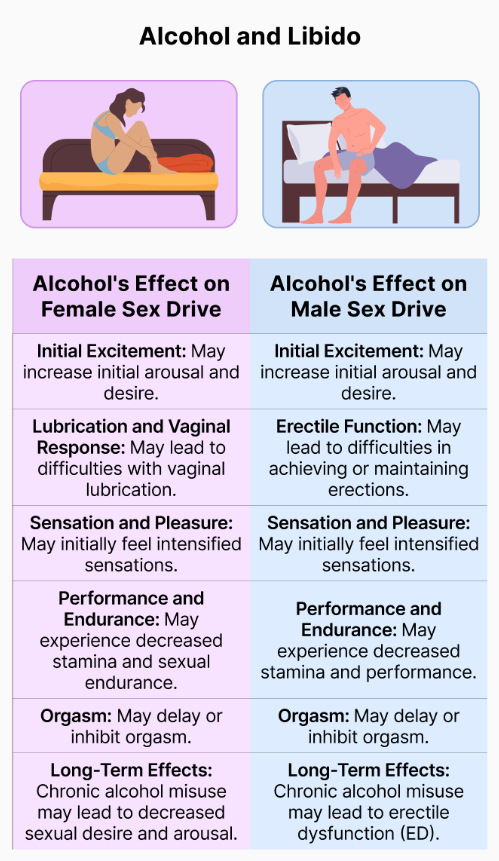酒精作为人类最古老的神经活性物质之一,其健康效应始终存在"双刃剑"争议。2025年美国卫生与公众服务部(HHS)发布的最新系统综述显示:每1000名每周饮酒超过7次的成年人中,就有1人因酒精相关疾病死亡。这种剂量依赖的毒性特征,正在颠覆传统认知中"适量饮酒有益健康"的观念。

一、乙醇的代谢机制与细胞毒性
酒精(乙醇)进入人体后,其代谢过程本身就是毒性产生的根源:
- 首过代谢:胃黏膜ADH酶分解20%乙醇,产生自由基。
- 肝脏氧化:CYP2E1酶系统将乙醇转化为乙醛(国际癌症研究机构IARC 1类致癌物)。
- 线粒体损伤:乙醛使线粒体复合体IV活性降低60%[10]。
这一代谢链导致每个酒精分子会产生4.6×10^19个自由基,直接攻击DNA并诱发突变[11]。
二、器官特异性损害
1. 肝脏:"沉默的化工厂"崩溃
- 剂量效应:每日80g乙醇(≈5罐啤酒)使肝硬化风险提升至OR=27.3。
- 三重打击:脂肪变性→纤维化→肝癌的病理进程中,酒精使肝星状细胞活化率提高300%。
- 最新发现:即使戒酒,表观遗传修饰导致的癌变风险仍持续10年以上[12]。
2. 大脑:神经可塑性破坏
- 结构改变:慢性饮酒者海马体积缩小15%,前额叶皮层厚度减少0.3mm/年。
- 认知损伤:工作记忆错误率与饮酒量呈线性相关(R²=0.89)。
- 戒断危机:GABA受体下调引发癫痫阈值降低40%[10]。
3. 癌症:剂量无安全阈值
WHO最新声明强调:每10g酒精/日(≈1杯葡萄酒)导致:
- 口腔癌风险↑29%。
- 乳腺癌风险↑12%。
- 结直肠癌风险↑8%[11]。
其机制涉及乙醛-DNA加合物形成、叶酸代谢障碍、雌激素水平升高等多通路[1]。

三、心血管争议:虚幻的保护性
早年观察性研究显示的"J型曲线"正遭遇方法质疑:
- "戒酒者偏差":对照组包含因病戒酒人群,扭曲统计结果。
- 剂量再评估:2025年CALIBER研究证实,每周>100g酒精即显著提升:
- 房颤风险↑16%。
- 高血压风险↑13%。
- 心肌纤维化程度↑22%[9]。
- 替代机制质疑:红酒中的白藜芦醇难以在人体内达到有效浓度,需每日饮用300L红酒才能产生抗氧化效应[5]。
四、特殊人群的倍增风险
- 女性:相同饮酒量下,血液酒精浓度(BAC)比男性高20%,乳腺癌风险急剧上升。
- 青少年:25岁前持续饮酒使前额叶发育延迟2-3年。
- 亚洲人群:50%携带ALDH2*2突变,乙醛蓄积风险增加6倍[4]。
五、代谢动力学警示
- 吸收速率:空腹饮酒使BAC峰值提前40分钟。
- 个体差异:70kg男性每小时仅能代谢8-10g乙醇(≈1罐啤酒)。
2025年全球疾病负担研究显示:酒精使用位列早逝风险因子第7位,每年直接导致300万人死亡。面对日益清晰的科学证据,世界卫生组织(WHO)给出明确建议:"任何剂量的酒精消费都不能被视为安全,最健康的选择是完全不饮酒。"[11] 对于已形成饮酒习惯者,可参考美国国立卫生研究院(NIH)的减量方案:每周递减20%饮用量,配合维生素B1补充,在12周内实现安全戒断。




